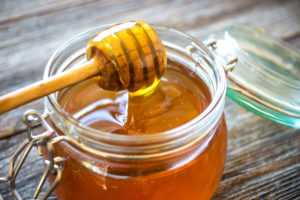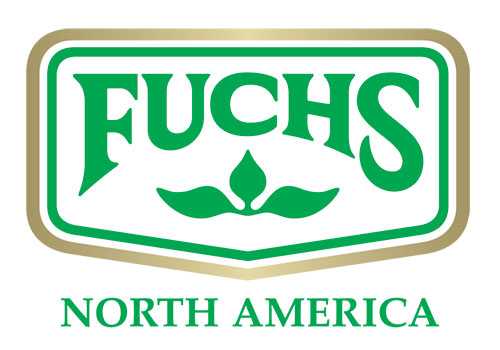Not all sweeteners are created equal. Food Technologist Brian Duffy breaks down everything you need to know about sugars and sweeteners in seasonings.
Sweeteners in Seasonings
Sweetness is one of the keys to a balanced flavor profile. Sweeteners can come in many different sizes, sweetness levels, and will bring their own flavor profiles to the table. Therefore, choosing the correct sweetener for your application and flavor profile is integral to the performance of a seasoning.
Granulation
Granulation is an important consideration for a sweetener in a seasoning. Sweeteners can range from fine powders to large crystals, and the final application will determine the required size. For a snack seasoning, powdered or finely ground material is ideal for best adherence to the base product and allow for even coverage. A larger granule can be best utilized for rubs and marinades for their ability to adhere to a larger piece of meat and ability to dissolve without clumping into liquids.
Sweetness
Sweeteners are not all created equal. Each one has its own sweetness intensity, often defined as its relative sweetness to sucrose, our common white sugar. These products can range from 1/10th the sweetness of sucrose, like maltodextrin, to 300 times sweeter than sucrose, like stevia. Products that are less sweet, like maltodextrin and corn syrup solids, are often used as bulking material for seasonings to disperse other flavoring ingredients better on a base. Mid-range sweeteners, like dextrose, sucrose, and fructose are what we commonly use for sweetness in most traditional blends. High intensity sweeteners like stevia, sucralose, and acesulfame potassium are used to impart sweetness, but at a much lower calorie level.
Flavor
Sweeteners, in addition to just sweetness, bring different flavors and effects to the table as well. White sugar is the most common sugar and simply provides a clean sweetness. Dextrose provides sweetness, slightly less than sucrose, but also brings a sensory cooling effect to products; think powdered donuts. Fructose is sweeter than sugar and has a fruity characteristic. While there are many others, these are the most common neutral flavored sweeteners used in Fuchs seasonings.

High intensity sweeteners, while incredibly sweet, do come with drawbacks. Sweeteners like stevia, and acesulfame potassium can contribute off flavors such as a metallic taste, bitterness, and astringency. Because of this, it is important to balance these with the overall flavor profile of the blend and with each other. High intensity sweeteners can be used in combination with other sweeteners to synergize to minimize off flavors and maximize sweetness. One such combination is stevia and erythritol, often used to sweeten beverages. Another consideration with high intensity sweeteners is that some come from artificial sources, such as sucralose, and some are naturally derived products such as the many extracts of stevia.
Conclusion
Sweetness is an important aspect of every Fuchs seasoning, but not all sweeteners are created equal. Choosing the correct granulation, sweetness level, and flavor profile for your blend is key to the cohesion of a blend. So, whether you are looking for a sweet and smoky BBQ rub or a cotton candy popcorn seasoning, the experts at Fuchs North America are here to help customize your blend with the best ingredients true to your target profile.
Ready to create the perfect seasoning blend for your product? Contact us today to see how Fuchs can help you make something special.
About the Author




 For more information about Fuchs North America's products and programs that support food manufacturers in their product development needs, please
For more information about Fuchs North America's products and programs that support food manufacturers in their product development needs, please